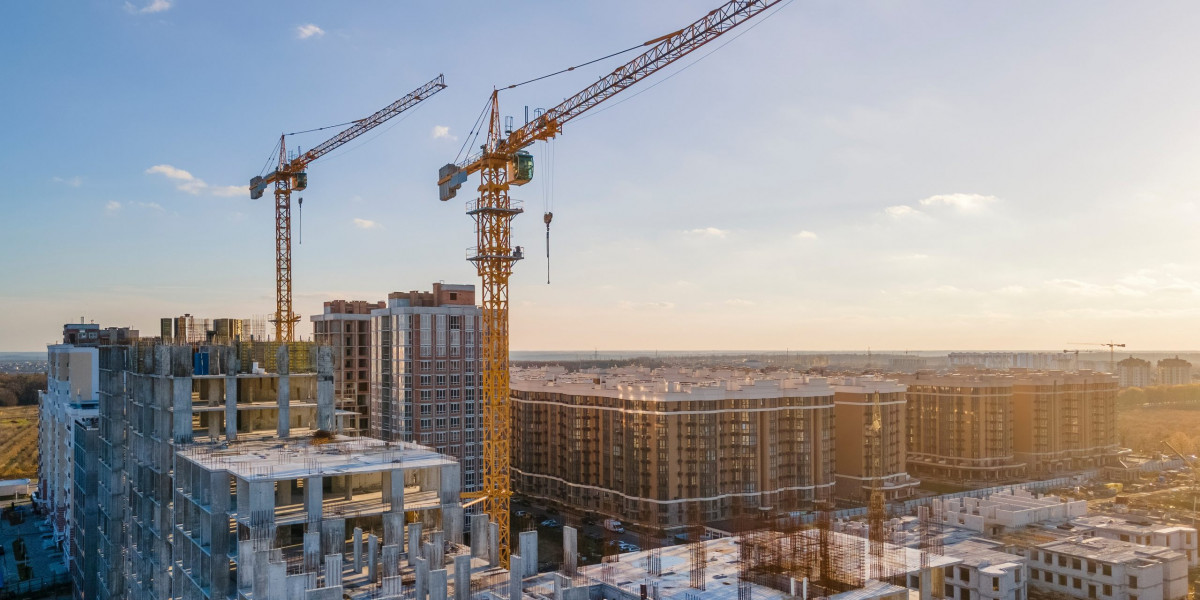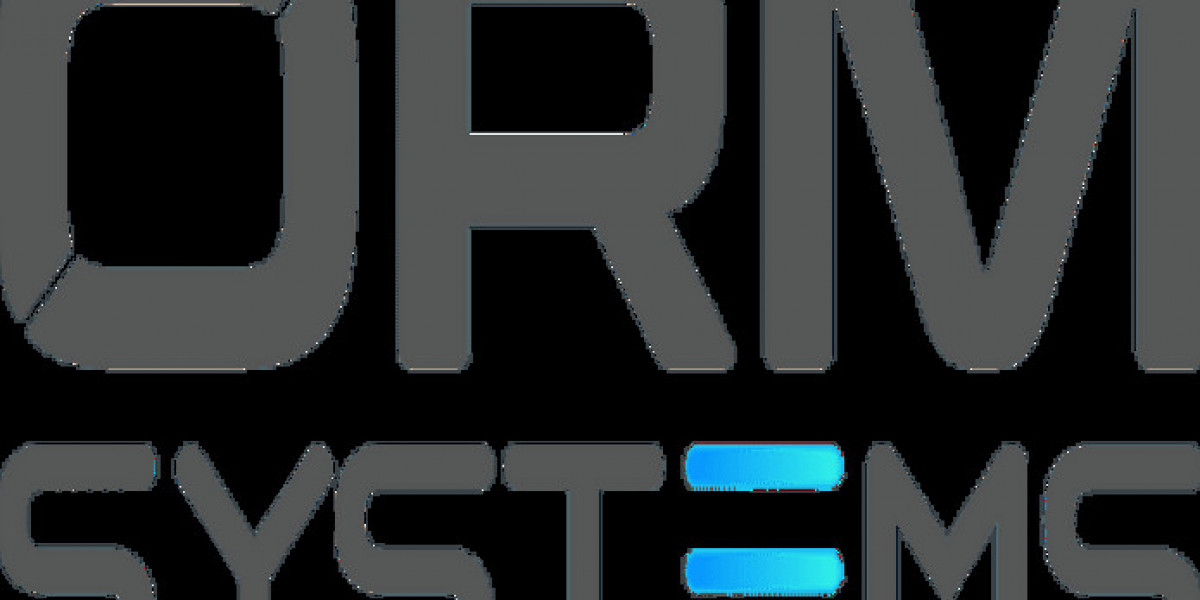The Structural Health Monitoring (SHM) Market is witnessing notable growth, largely driven by the global challenge of aging infrastructure. With a significant portion of bridges, railways, and water infrastructure networks reaching or exceeding their design life, there is an urgent need for intelligent systems that can monitor structural integrity in real time. As governments and asset owners face rising repair and maintenance costs, SHM technologies are emerging as a vital solution to extend service life, enhance safety, and manage operational risks more efficiently.
The Challenge of Aging Infrastructure
Across the world, civil infrastructure is under increasing strain. In many developed countries, such as the United States, Japan, and parts of Europe, a substantial number of critical structures—particularly bridges and rail systems—were constructed decades ago. In the U.S. alone, over 40% of bridges are more than 50 years old, according to industry data. Many of these structures were not designed to handle today’s traffic volumes, environmental stressors, or load demands.
Likewise, railway networks are facing degradation due to continuous usage, weather conditions, and outdated design standards. Similarly, water infrastructure systems—including pipelines, reservoirs, and dams—are susceptible to corrosion, leaks, and pressure failures, leading to significant service disruptions and environmental hazards.
SHM: A Preventive Approach to Infrastructure Management
The SHM market offers a proactive and cost-effective solution to the challenges posed by aging infrastructure. Instead of relying solely on periodic inspections, which can miss early-stage damage, SHM systems provide continuous, real-time monitoring of structural health. This approach enables timely interventions and helps prevent catastrophic failures.
Early Fault Detection
SHM systems use sensors to detect minor issues—such as cracks, corrosion, strain, or displacement—before they evolve into critical failures. This is especially beneficial for old bridges and rail tracks, where early maintenance can prevent extensive downtime or costly repairs.Data-Driven Decision Making
With the integration of IoT, AI, and machine learning, SHM systems can analyze vast amounts of data to generate predictive insights. Infrastructure managers can make informed decisions about repair timing, budget allocation, and risk prioritization based on real-time condition reports.Extended Lifespan of Assets
By continuously monitoring wear and tear, SHM helps optimize maintenance schedules and prevent unnecessary replacements. This not only reduces capital expenditure but also maximizes the service life of aging structures.
Market Growth Across Key Segments
Bridges
Bridges are among the most critical components of transportation infrastructure and are increasingly prioritized for SHM deployment. Smart sensors measure vibration, tilt, and stress to monitor structural changes. Advanced systems also provide alerts during seismic activity or heavy loads, reducing the risk of sudden failure.
Railways
In rail networks, SHM systems monitor track geometry, alignment, and load impact. These insights are essential for preventing derailments and optimizing train operations. With railways being essential for freight and passenger transit, governments are investing in SHM technologies to ensure continuous, safe operations.
Water Infrastructure
Aging pipelines and water distribution systems are prone to leakage and rupture. SHM systems equipped with pressure sensors, ultrasonic devices, and acoustic monitors help identify vulnerabilities in real time. This prevents water loss, environmental damage, and costly emergency repairs.
Market Drivers and Opportunities
Government Regulations and Safety Standards: New safety mandates are encouraging infrastructure owners to adopt SHM solutions, particularly for high-risk structures.
Public Funding for Infrastructure Modernization: Economic recovery programs and smart city initiatives are providing financial support for infrastructure monitoring and upgrades.
Technological Innovation: Advances in wireless sensors, edge computing, and cloud analytics are making SHM systems more accessible and scalable.
Growing Awareness of Climate Impact: Aging infrastructure is more susceptible to climate-induced stress such as floods, temperature fluctuations, and storms. SHM systems enable adaptive maintenance in response to environmental change.
Conclusion
The Structural Health Monitoring Market is gaining momentum as aging bridges, railways, and water infrastructure systems reach critical stages of deterioration. SHM technologies offer a modern, efficient solution to extend asset life, reduce failures, and ensure public safety. As infrastructure modernization becomes a global priority, the demand for SHM systems will continue to rise, reinforcing their role in the future of sustainable and resilient infrastructure management.
Learn more:-https://www.pristinemarketinsights.com/structural-health-monitoring-market-report









